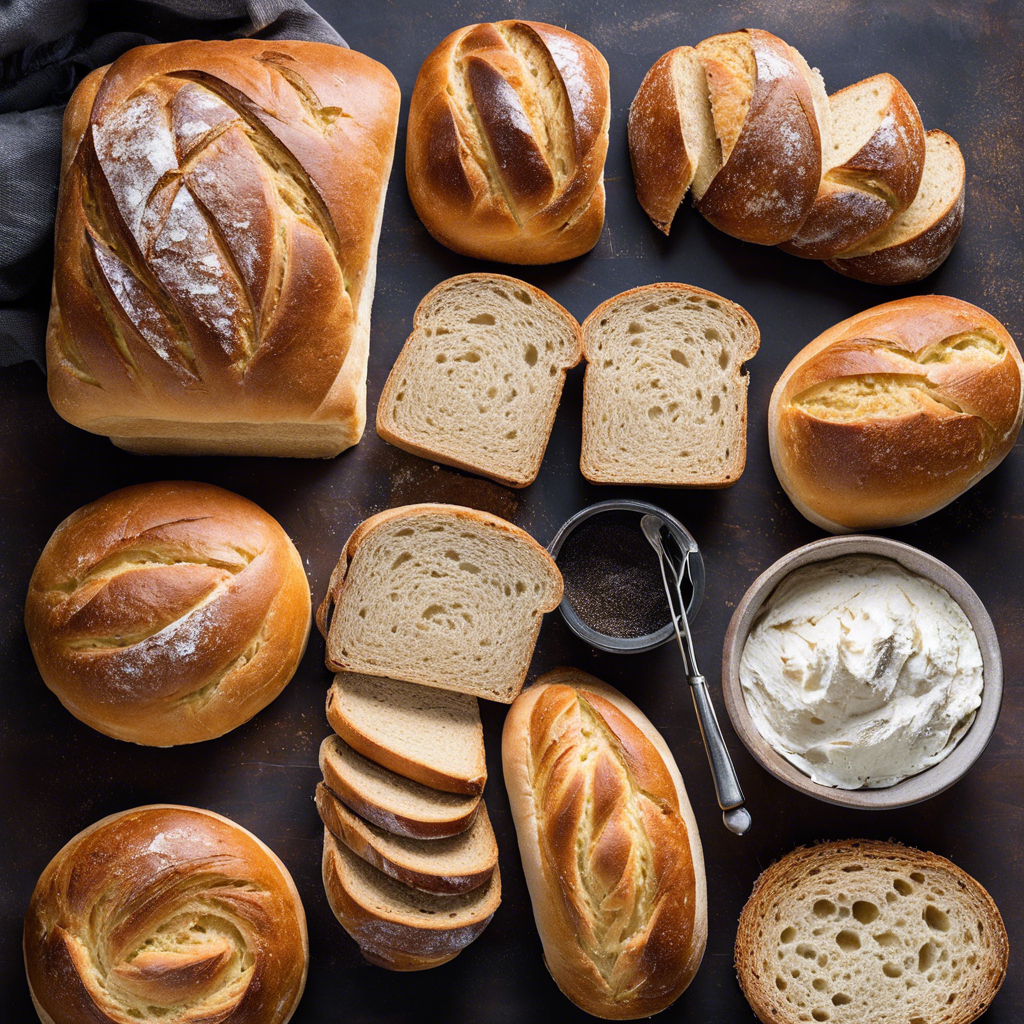The aroma of freshly baked bread is one of the most comforting and enticing smells, evoking a sense of home and warmth. There’s something special about creating a loaf from scratch, kneading the dough, and watching it rise. It’s a satisfying process that has become a beloved pastime for many, especially with the recent surge in sourdough starters and homemade baking projects.
Making the perfect loaf of bread at home can be a rewarding and delicious endeavor, but it’s also a delicate art. Getting that crispy crust and airy interior requires precision, patience, and a few key techniques. The first step to achieving bakery-quality bread is understanding the science behind bread-making. It all begins with the interaction between flour, water, and yeast. When combined, these ingredients form gluten, the network of proteins that give bread its structure and elasticity.
The magic happens during the fermentation process, where the yeast feeds on the sugars in the dough, producing air pockets that give the bread its distinctive texture and flavor. A long, slow fermentation period is key to developing a complex flavor and a light, airy crumb. This process is also where the baker’s artistry comes in, as the dough’s consistency and how it’s handled will determine the final product.
Mastering the art of bread baking also requires an understanding of hydration. The ratio of water to flour is crucial, as it affects the dough’s stickiness and how it rises. A wetter dough tends to produce a bread with larger air pockets and a chewier crust, while a drier dough may result in a denser, softer loaf. The type of flour used also plays a significant role, with bread flour, all-purpose flour, and specialty flours like rye or spelt offering varying protein levels and gluten-forming abilities.
Another critical factor is the baking environment. The ideal temperature for yeast activity is between 75°F and 80°F (24°C and 27°C). A warm, draft-free space is key to successful rising, and a steam-filled oven helps create that signature crispy crust. Creating the perfect homemade bread is a balance of science and art, and every baker will develop their own unique style and techniques. From shaping the dough to creating those distinctive slashes on top, the possibilities for personalizing your loaf are endless.
So, roll up your sleeves, get your oven mitts ready, and let’s dive into the ultimate guide to achieving bread-baking brilliance. From measuring ingredients to mastering the kneading technique, we’ll cover everything you need to know to become a bread-making pro. Get ready to impress your family and friends with your artisanal skills and fill your kitchen with the irresistible aroma of freshly baked bread!
I hope that was helpful! Please provide any feedback or let me know if there are any adjustments you’d like to make.
